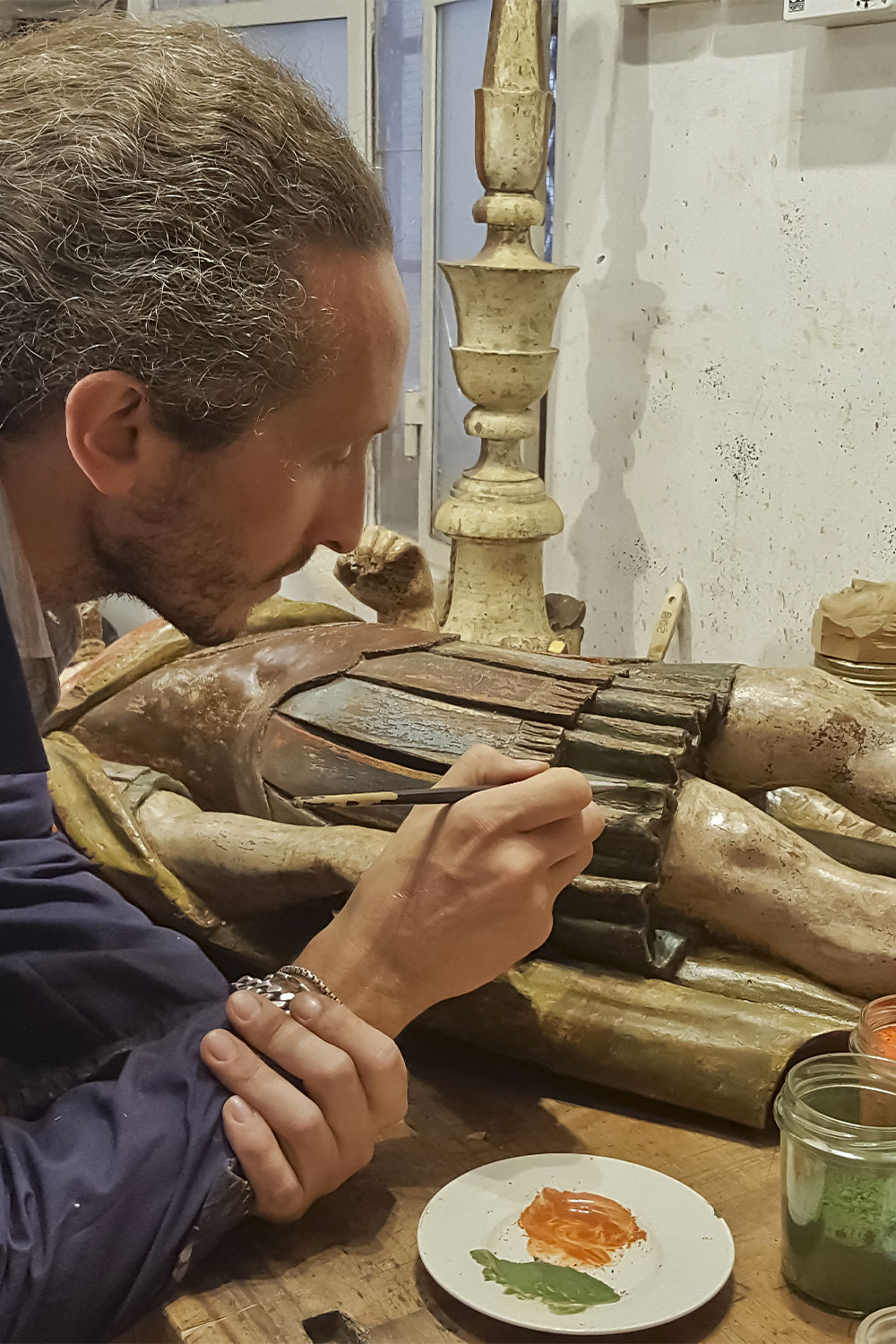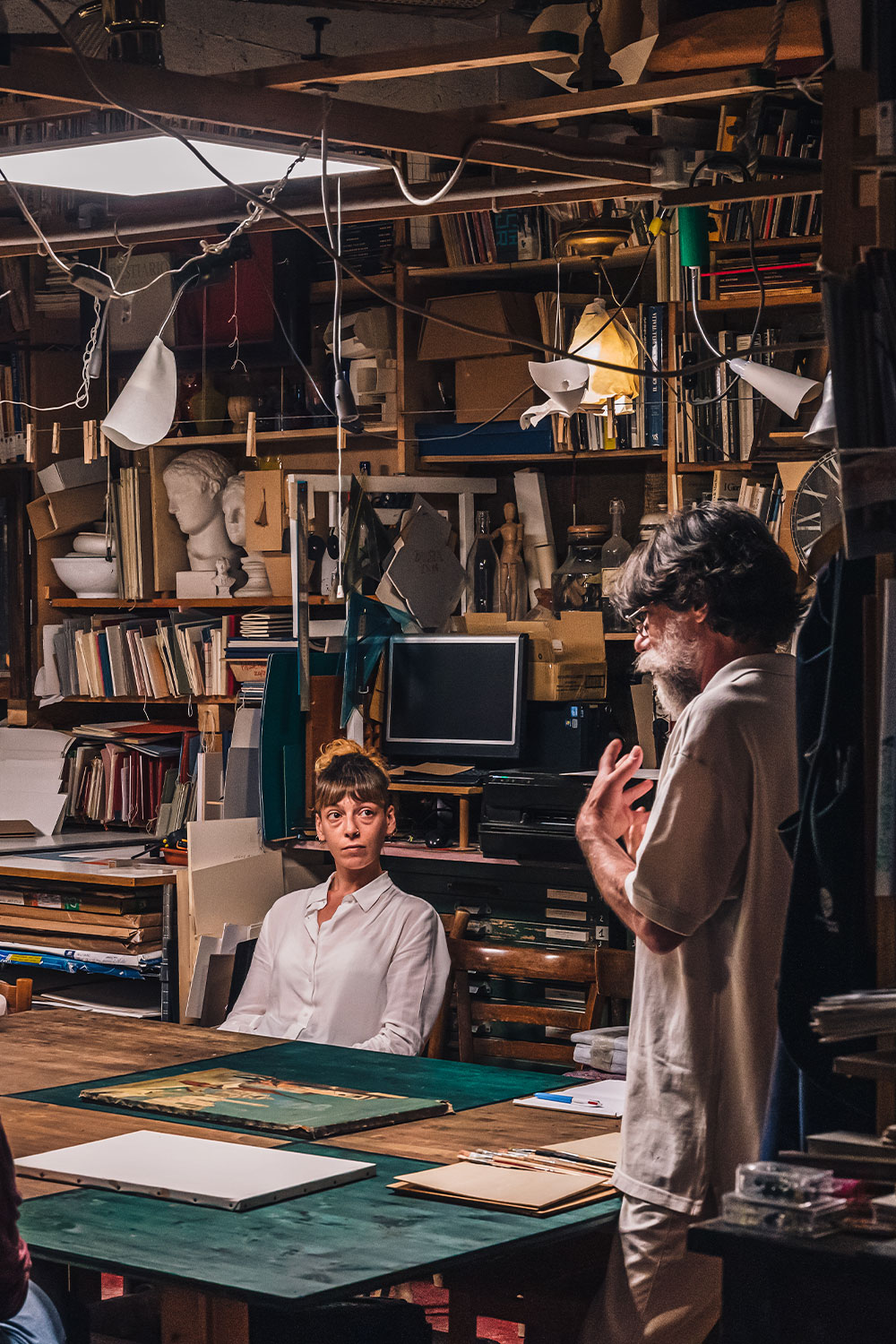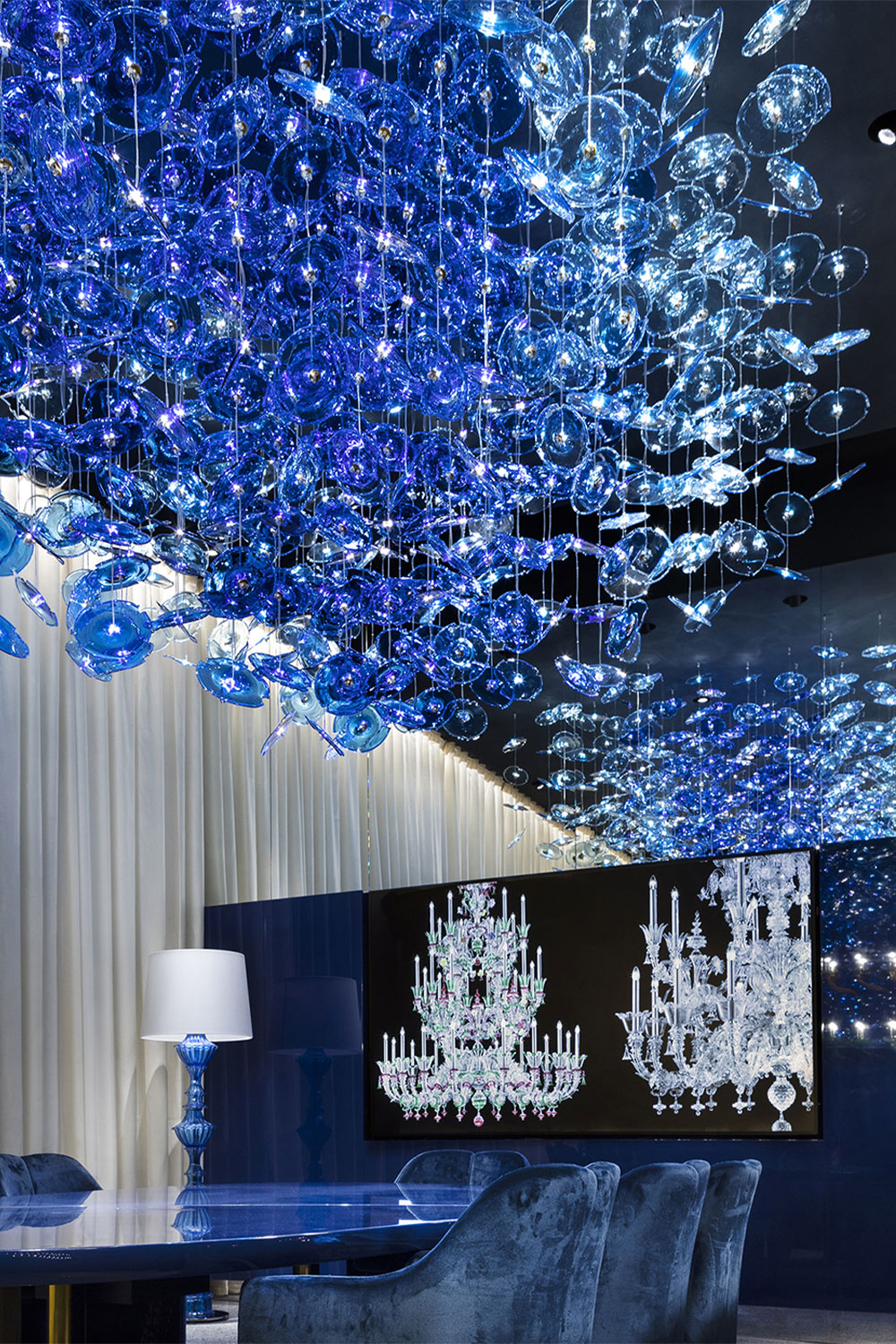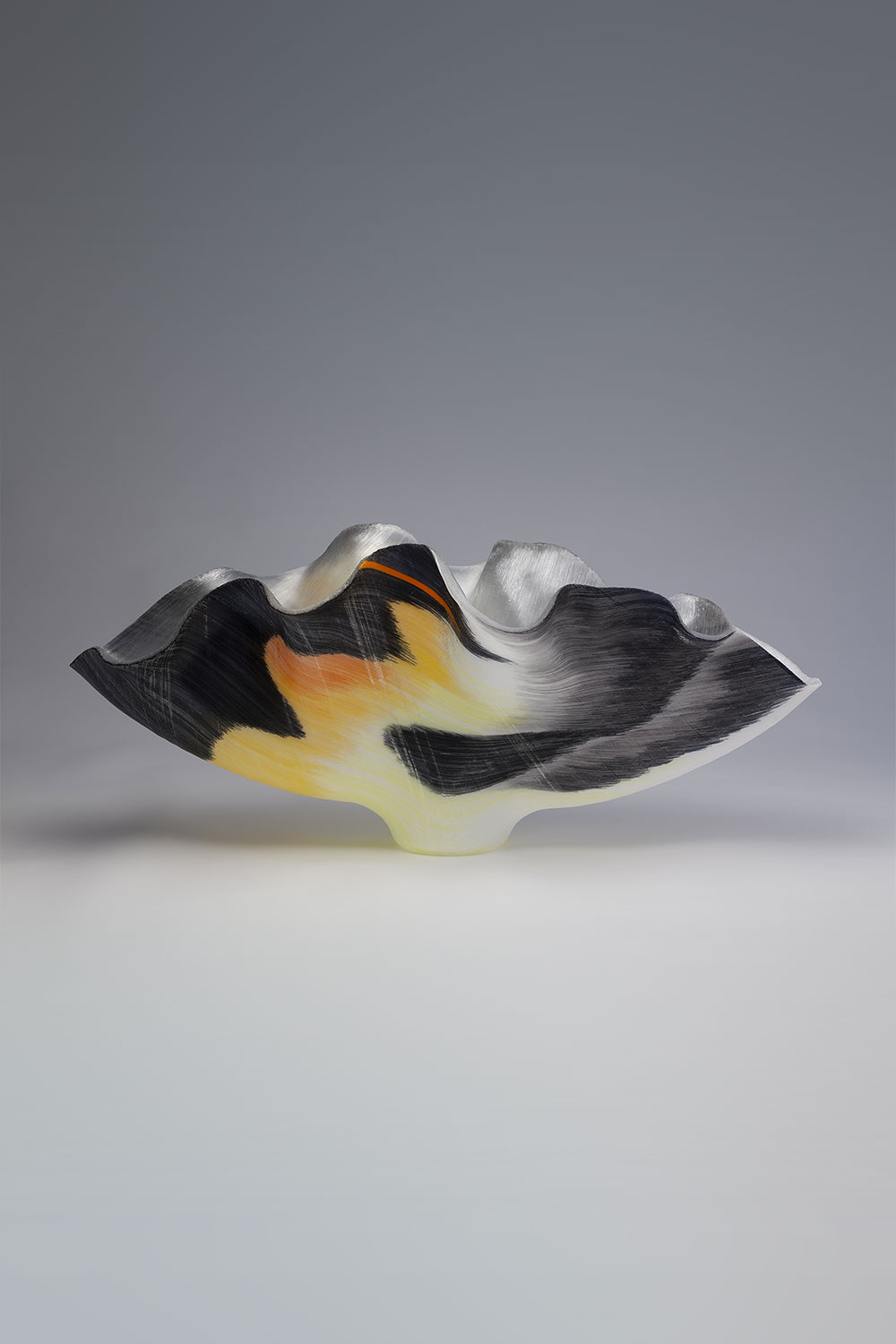A truly "golden" experience
This is a unique opportunity to visit the artisanal laboratory of the last Goldbeater in Italy – and indeed Europe. During the visit it will be possible see the hand beating of Maestro’s Marino and the cutting and packaging of the thin gold foils from the women inside the original Tiziano Vecellio’s Palace.
Mario Berta Battiloro
Gold leaf makingA rare master of a demanding craftThe craft of goldbeating reached Venice from Byzantium around the year 1000, when trade relations were thriving. In the capital of the Empire this craft was used to create mosaics, but in the Serenissima Republic it was implemented in a new and innovative way: ultra thin gold leaves were used to embellish the glass for which Venice became a world leader, as well as to magnify the prestige of banquets staged by the city’s rich inhabitants, who were willing to get into debt in order to serve dishes covered in gold. “However, it was not until the 18th century that the goldbeating craft reached its height,” explains Marino Menegazzo, master goldbeater. “In Venice there were 300 goldbeaters; together with glassmakers, they were the only artisans who could marry a woman of higher rank. But to prevent their guild from becoming too powerful, they could not own the gold they worked.”
Where you'll be
30121, Venice
Website













